
Big Data
Big Data8 Best Data Science Tools and Software
Apache Spark and Hadoop, Microsoft Power BI, Jupyter Notebook and Alteryx are among the top data science tools for finding business insights. Compare their features, pros and cons.

Apache Spark and Hadoop, Microsoft Power BI, Jupyter Notebook and Alteryx are among the top data science tools for finding business insights. Compare their features, pros and cons.

Europe's AI legislation, adopted March 13, attempts to strike a tricky balance between promoting innovation and protecting citizens' rights.

Tableau, TIBCO Data Science, IBM and Sisense are among the best software for predictive analytics. Explore their features, pricing, pros and cons to find the best option for your organization.
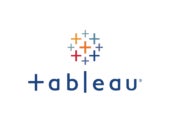
Tableau has three pricing tiers that cater to all kinds of data teams, with capabilities like accelerators and real-time analytics. And if Tableau doesn’t meet your needs, it has a few alternatives worth noting.

Amazon, IDrive, IBM, Google, NetApp and Wasabi offer some of the top enterprise data storage solutions. Explore their features and benefits, and find the right solution for your organization's needs.
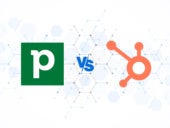
Pipedrive is a sales-focused CRM that helps businesses manage their workflows through visual pipelines, while HubSpot is an all-in-one platform that aligns sales, marketing and service strategies.

Databricks, AWS and Google Cloud are among the top ETL tools for seamless data integration, featuring AI, real-time processing and visual mapping to enhance business intelligence.
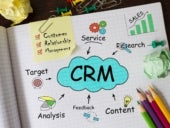
Looking for the best CRM for startups? Check out our comprehensive guide. Compare features, pricing, and reviews to find the best CRM solution for you.

Looking to find the best AI CRM software? Explore top options, features and benefits to streamline your customer relationship management processes effectively.
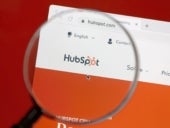
Explore the capabilities of HubSpot CRM in our detailed review. Learn about the features, pricing, and pros and cons of this CRM software.
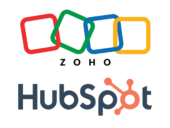
In this Zoho CRM and HubSpot comparison, cost per functionality and UI play a large part in how sales teams affordably scale their CRM efforts.

Find the perfect CRM for your small business in our detailed review. Explore features, pricing and more.

Unlock the power of your data with an effective data governance framework for security, compliance, and decision-making.

Generative AI is finding its niches within business in 2024, with multimodal models providing new capabilities. At the same time, artists glaze their work against AI scraping.
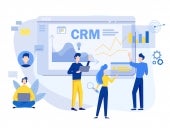
Choose HubSpot if you’re looking for an all-in-one CRM with robust email marketing features. If you want advanced reporting and analytics for your sales team, Salesforce is a better fit for you.
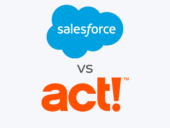
Act! is a great fit for small to midsize businesses needing a CRM with built-in marketing automation. Salesforce is best for larger teams seeking advanced analytics and AI tools.
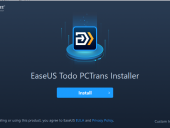
EaseUS Todo PCTrans is a reliable and efficient PC migration software that helps you transfer data, applications and settings from one computer to another.

Today’s options for best AI courses offer a wide variety of hands-on experience with generative AI, machine learning and AI algorithms.

From generative AI and virtual prototyping to the Internet of Things, blockchain and data analytics, Merkle has predicted that four shifts in the business-to-business market will shape tech buying appetites.
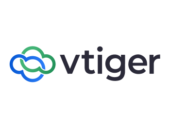
Vtiger CRM is designed to help businesses manage their sales, marketing and customer service operations. Learn more about its key features, pricing and benefits here.